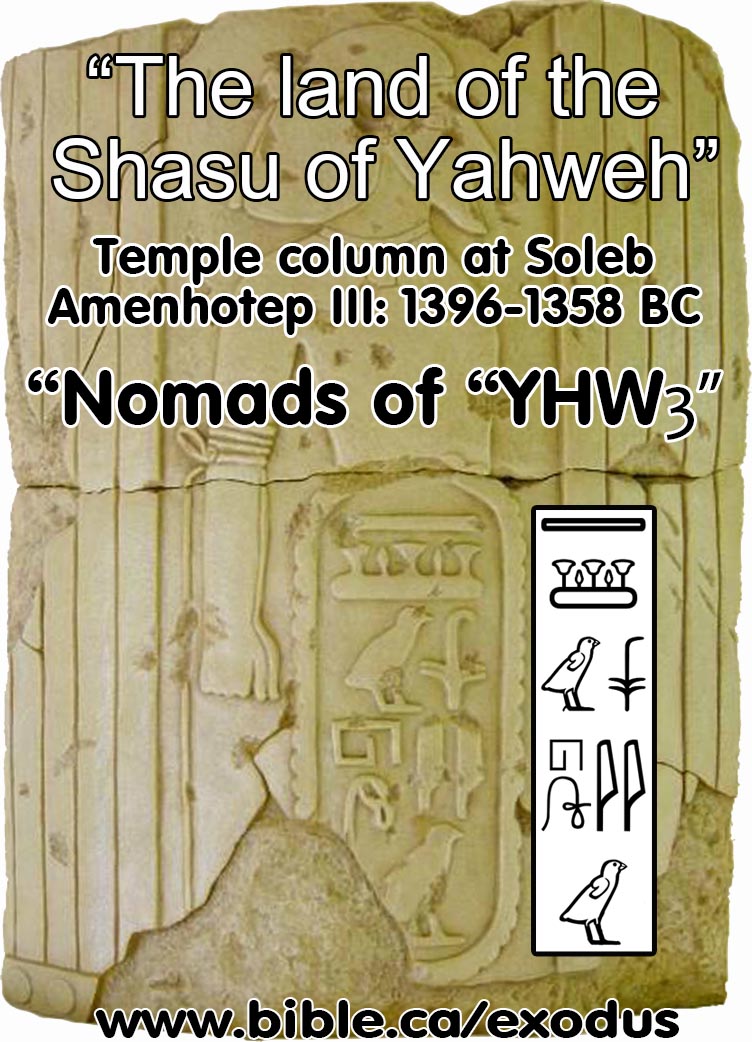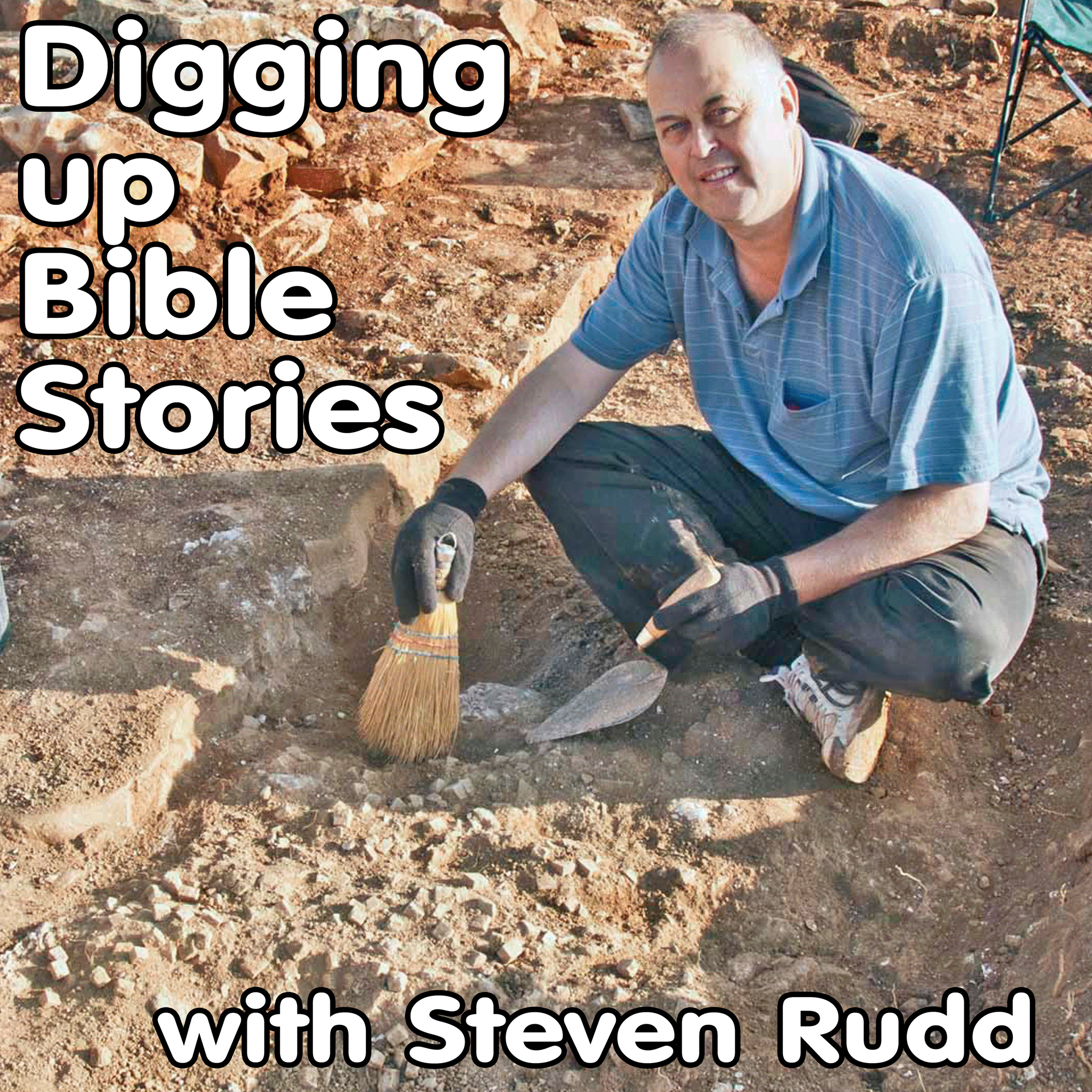Archaeologists are digging up bible stories:
Soleb Temple Cartouche: "The Shashu of Yahweh's Land"
|
|
|
|
The Soleb Temple Cartouche: 1396-1358 BC The Egyptian inscription on the cartouche reads: The Shashu of Yahweh's Land. The cartouche is on the wall of the Soleb Temple of Amenhotep III in Nubia. Here is a reference to the promised land of Canaan possessed by the "people of Yahweh" when Joshua was still alive after completing the conquest! |
|
|
|
|
|
Amarah West inscription: 1304-1237 BC "The Shashu of Yahweh's Land" "This fragmentary hieroglyphic inscription contains one of the first mentions of Israel. "According to a recently published article by Manfred Görg, Peter van der Veen and Christoffer Theis, the name-ring on the right may indeed read “Israel,” and they date it almost 200 years earlier than the reference to Israel on the Merneptah Stele." (Clyde Billington, Associates for Bible Research) |
|
|
Archaeologists are digging up bible stories!!! |
|
|
Archaeology is an important science that confirms the historical accuracy of the Bible. Since the Bible refers to hundreds of cities, kings, and places, we would expect to find evidence from on-site excavations. And this is exactly what we have found. The Bible is the most historically accurate book of history on earth. Read the Bible daily! |
|
|
|
|
Discussion:
1. "To move outside of the Levant, we find Egyptian name lists which include a Syrian site, Ya-h-wa (No. 97), which is identical to Yahweh. A Rameses II (1304–1237 b.c.) list is found in a Nubian temple in ʿAmarah West with six names (No36s. 93–98) following the designation “Bedouin area.” Nos. 96–98 have been found at Soleb in Nubia on an Amon temple of Amenhotep III (1417–1379). No. 93, Sa-ʿra-r, has been identified with Seir (Edom) and related to the biblical references (Deut 33:2) which associate Yahweh with Seir and Paran. This could be taken as evidence the name was known in Edom or Midianite territory ca. 1406 b.c. (EncRel 7: 483–84)." (ABD, Yahweh)
2. "Unlike many Near Eastern deities, Yahweh may be a name unique to the culture of Israel. The earliest references to the name appear in two Egyptian hieroglyphic toponym lists from temples in Soleb and Amarah West. The first comes from the reign of Amenophis III and the second from Rameses II. Both mention “the land of Shasu”." (Names of God. The Lexham Bible Dictionary, 2012 AD)
3. Rameses II (1304–1237 b.c.) list is found in a Nubian temple in ʿAmarah West with six names (Nos. 93–98) following the designation “Bedouin area.”
4. See also:
a. Spencer, Patricia (30 January 2002). Amara West. Egypt Exploration Society.
b. The Journal of Egyptian Archaeology Vol. 84, 1998 Amara West, I.
By Steve Rudd: Contact the author for comments, input or corrections.



